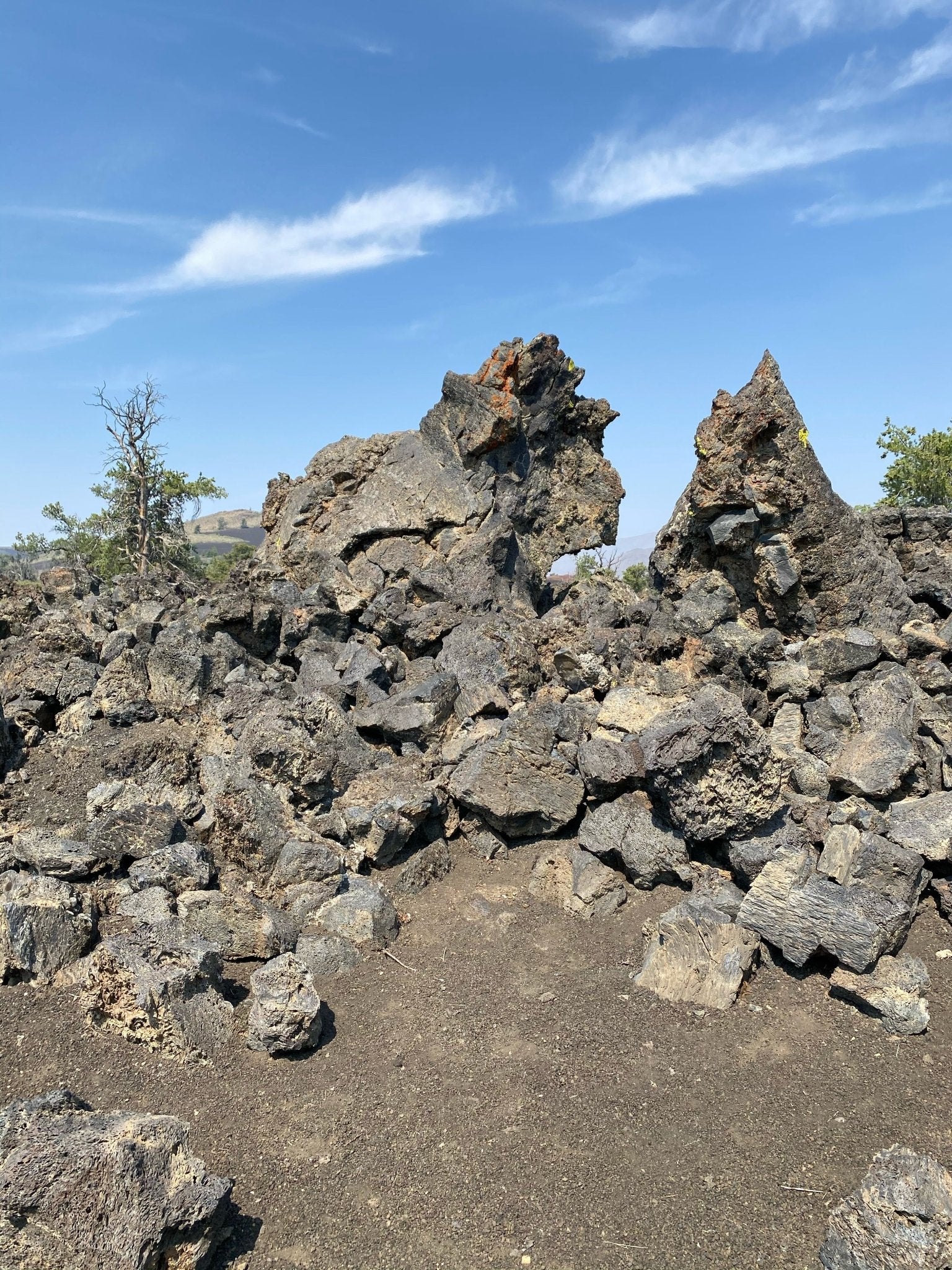Idaho's volcanic history is as fascinating as it is complex, and it's a story that spans millions of years. Let's dive into this geological tale in a casual and conversational way.
First off, when you think of Idaho, potatoes might come to mind, but it's also home to some pretty young volcanoes. Places like Craters of the Moon, Wapi, Kings Bowl, and several others are part of this volcanic family. Craters of the Moon, in particular, is one of the youngest volcanic areas in Idaho and is considered the most likely to erupt again. Imagine that – a volcano in Idaho potentially waking up in our lifetime or the next!
Over the past 15,000 years, eruptions at Craters of the Moon have happened roughly every 3,000 years. The most recent one ended about 2,100 years ago. So, if you're doing the math, we might be due for another show in the next 1,000 years or so. This place isn't just about eruptions, though. It's a unique landscape that has been recognized as a National Monument. Even the Shoshone indigenous people, who visited the area as early as 12,000 years ago, likely witnessed some of these eruptions.
The Craters of the Moon is made up of over 60 lava flows that erupted between 15,000 and 2,100 years ago, covering over 600 square miles. Each eruption episode lasted hundreds to thousands of years. What's interesting is that about the same volume of lava was erupted during each episode, making it "volume-predictable." This means that when (or if) it erupts again, volcanologists expect about 1-1.5 cubic miles of lava. That's a lot of lava!
But Idaho's volcanic story isn't just about recent history. Let's rewind to about 8.1 million years ago. There was an eruption called Castleford Crossing, and it was massive, covering at least 8,700 cubic square miles with volcanic ash. To put that in perspective, it was similar in scale to Yellowstone’s most recent super eruption about 640,000 years ago. These eruptions were part of the Yellowstone hotspot's journey, which, before arriving in Wyoming, traveled through southern Idaho.
The Yellowstone hotspot has been on the move for about 17 million years, leaving a trail of volcanic deposits across southern Idaho. As the North American tectonic plate moved, eruptive centers migrated northeast along the hotspot track. This interaction between the Yellowstone hotspot and tectonic activity is a key part of Idaho's volcanic narrative.
Another interesting spot is the Blackfoot Volcanic Field in southeast Idaho. It's a unique product of Yellowstone hotspot volcanism, chemically similar to other volcanic rocks in eastern Idaho related to the hotspot. However, it's located far from the hotspot track, showing the influence of tectonic activity in the region.
In summary, Idaho's volcanic history is a tale of massive eruptions, migrating hotspots, and a landscape shaped by fiery forces beneath the earth. It's a reminder of the dynamic planet we live on and how even a place known for its peaceful potato fields has a fiery past.



Share:
Why Do Leaves Change Color in the Fall?
How Did the Appalachians Form?